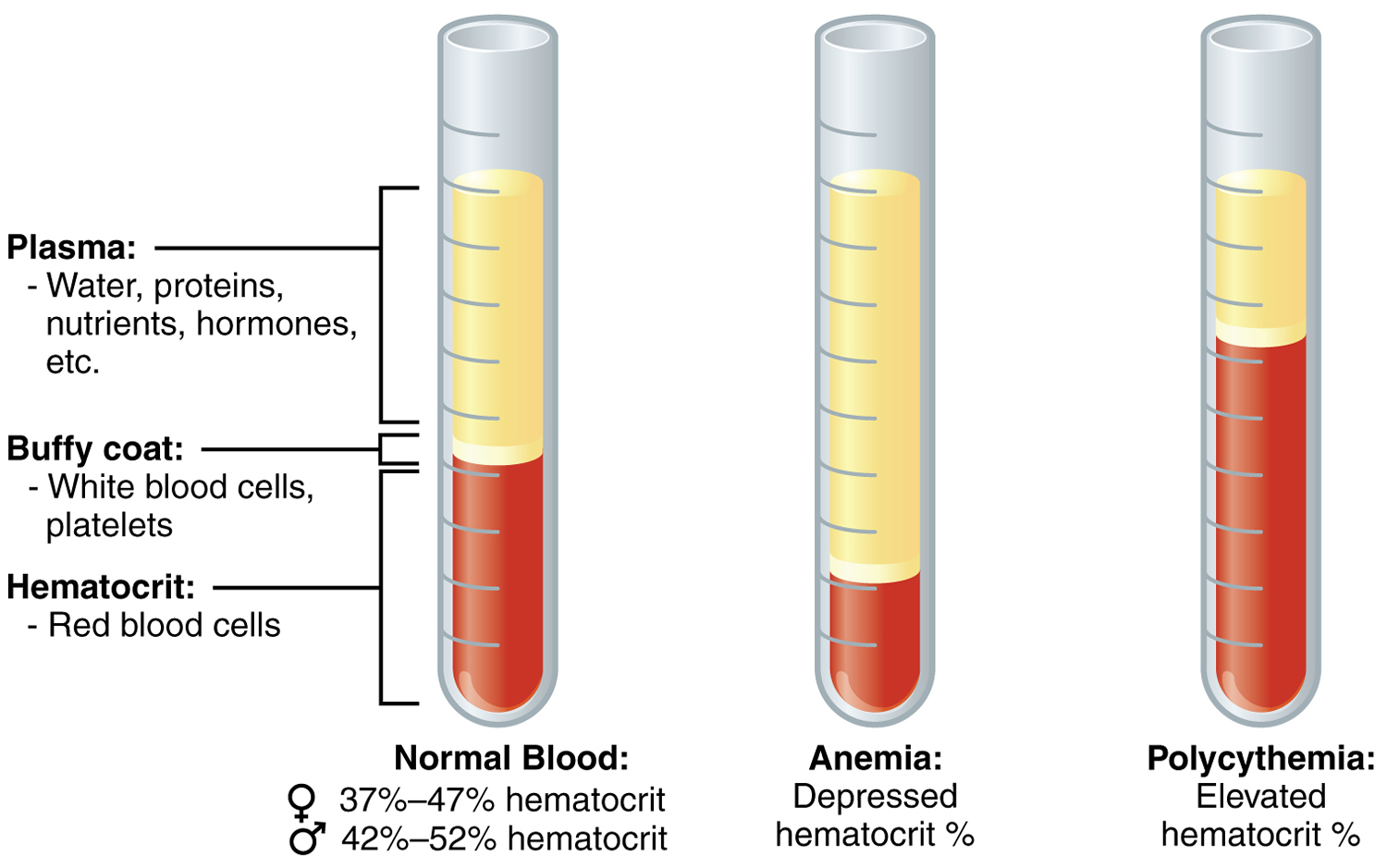

The intensity of symptoms also depends upon the severity of anemia, and the individual’s body type. Faster heart palpitations that suddenly crop up.The following are some of the common symptoms that would substantiate an RBC deficiency. Your doctor would usually prescribe a blood test when he/she feels that your signs and symptoms point towards an iron deficiency or anemia. Symptoms that May Indicate Lower Levelsĭeficiency of RBCs is medically known as anemia. Therefore, it is essential to clarify the meaning of the report results from the respective medical professional. Usually, a 7% difference (in higher or lower values) is seen among different diagnostic centers. Note that the values may vary from one medical authority to another.

The normal range in men is 40 to 54%, while for women the values range between 36 to 48%. The hematocrit is reported as a percentage of the volume of red blood cells in 100 ml of blood.

The normal acceptable level of hemoglobin in men and women ranges between 14 to 18 g/dl and 12 to 16 g/dl respectively g/dl being the abbreviation for the measuring unit ‘grams per deciliter’. The values of both these components can be determined by conducting a complete blood count (CBC) test, as both are based on plasma volume. On the other hand, hematocrit is the measurement of the amount of RBCs present in the total blood volume. Hemoglobin (Hb) is the protein found in RBCs that carries oxygen to the entire body. There are about one billion red blood cells in two to three drops of blood, and for every 600 red blood cells, there are about 40 platelets and one white cell.īoth hemoglobin and hematocrit are linked with red blood cells (RBCs). This HealthHearty article gives you an overview of the symptoms and possible causes that could trigger the same. Low hematocrit and hemoglobin levels signify a decrease in red blood cells (RBCs) in the body.


 0 kommentar(er)
0 kommentar(er)
